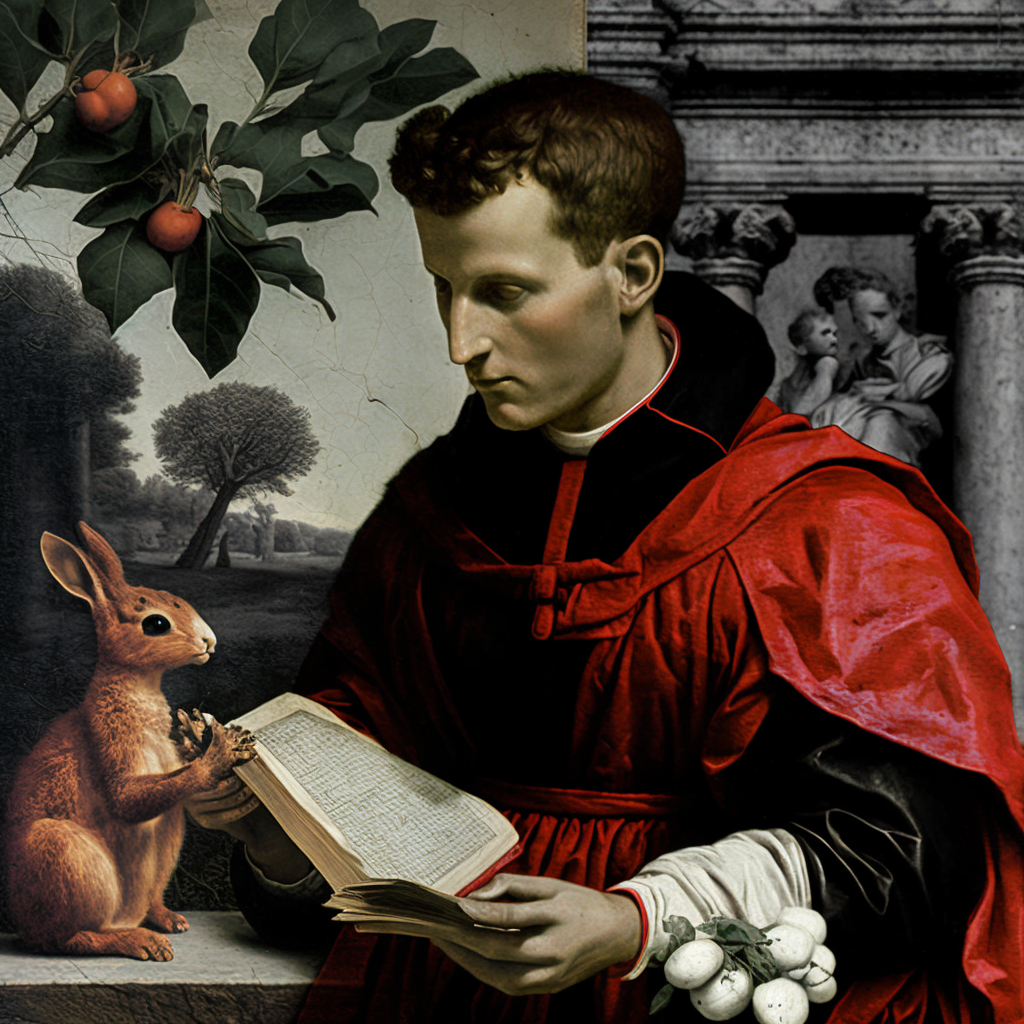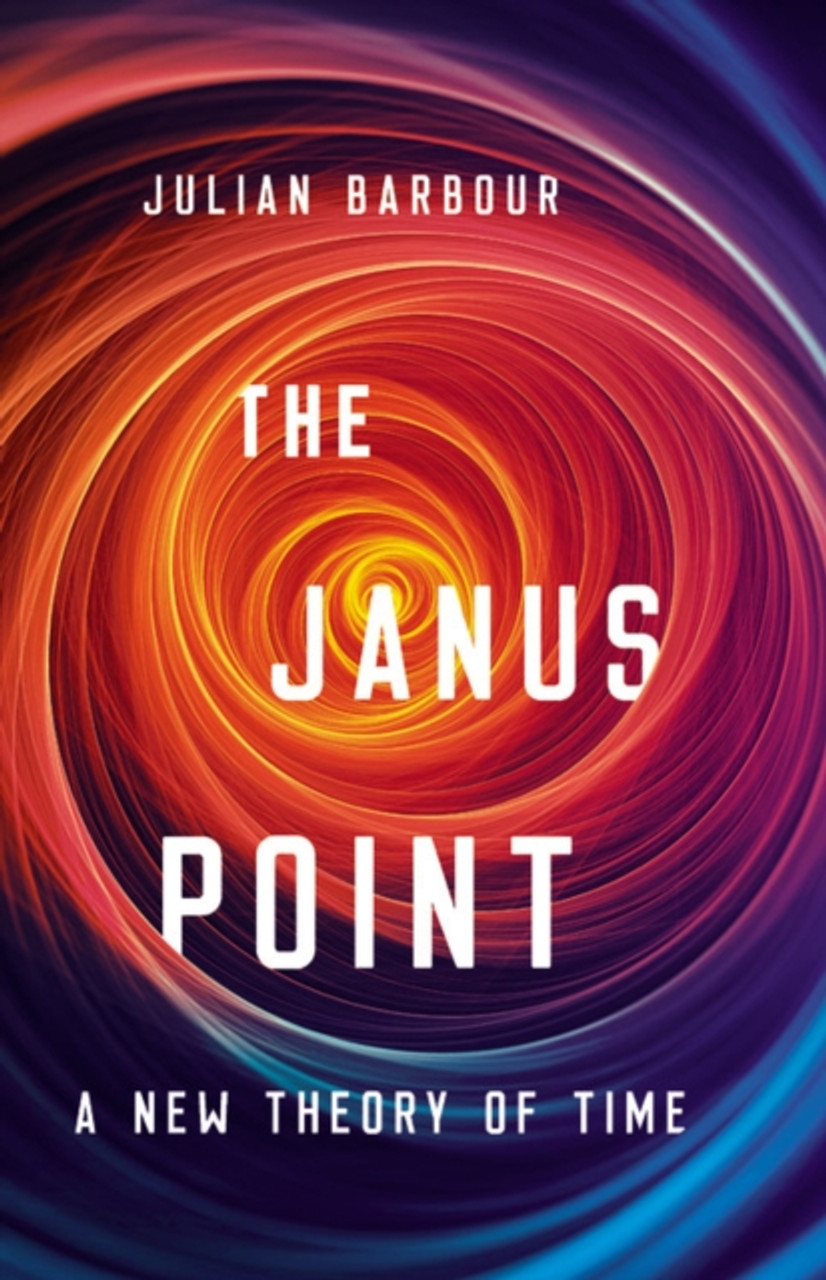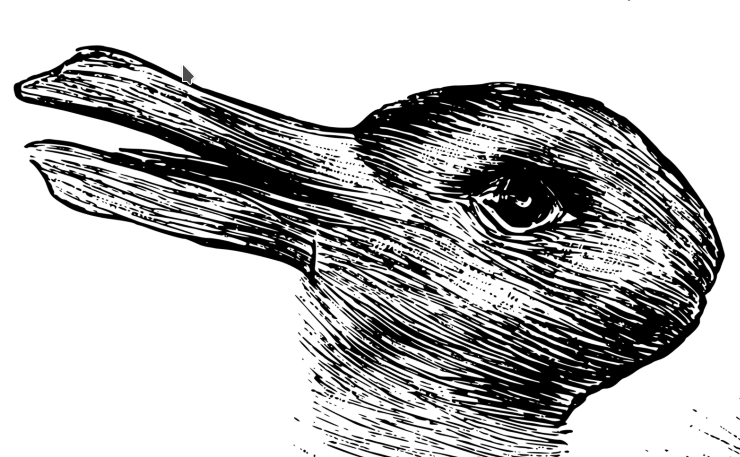
Reaction review of The Janus Point

Julian B. Barbour The Janus Point: A New Theory of Time. First edition. New York: Basic Books, 2020. ISBN 9780465095469
Given my interest in Janus the two faced god of the threshold and gates, and my use of it in a metaphor to describe our gap dancing abilities (and difficulties), I bought Julian Barbour’s book on physics, and, well, cosmology, to see what others were doing with Janus.
The book has had some popular success and is what I call a science essay book. As such is is deliberately light on the mathematics involved, but even so, it is often well beyond my mathematical muscles, which are well-atrophied.
While I was coming towards the end of the book I read Dan Davies blog post “Maths Becomes Metaphor”, which says that when the mathematics all gets too complex we shift into metaphor mode. Let’s just say that I get to metaphor mode quicker than some others. The blog post was both troubling and apt because I had spent hours trying to work out the relationships, i.e. the ratio between analogy/ratio and metaphor. Meta indeed.
When it comes to the… —gap then perhaps metaphor is nearly all we have, (this would explain why we feel we should just throw stuff into it, this gap, that unknown, blame the devil, credit god… —as if we could eat that which eats away at us. Comfort eating for philosophical anxiety.
Anyway the book took, for me, a long time to read, for it made me think, and thus to stop reading in order to write stuff down for three hours, or, more often, to simply rest my tired old brain.
My key take aways from the book are not about the Janus point per se, at least not yet.
It was more what I gained from Barbour’s history of physics, indeed I printed out his PDF referred to in the book on the history of thermodynamics (and I will bind it into a hardcover form). Via http://www.platonia.com/index.html.
I learned the Newtonian crystal grid concept of space-time is not necessary. Shapes can give rise to time. But you need at least 3 points to get a shape, and if they move then you can get a clock. So entropy in a box may not be a good model for the universe which is expanding. An inflationary universe may gain complexity as entropy increases locally. Some of this universe-is-a-box thinking has crept into both relativity and quantum physics, even as they seek to overturn it with relativity and uncertainty.
I also learned that zero is important, after Schrödinger. In ratios. All physics is ratios, where or when some ratio member “becomes” zero then strange things happen. Perhaps nothing is not all that comes from nothing. Nothing is a gap?
I have my own zero here. When I spent three hours writing in a notebook after reading a single sentence, the zero is realising that that analogy is a ratio, and is thus a way of reasoning. And that both analog and digital technologies are both ratios, and that analog tech may not provide any better simulation of our own human experience that all current digital technology, in serial form or parallel. Ratio folds into us as we fold them out.
That in fact the real difference is between ratio/analogy and metaphor.
How does one relate something to something that does not relate, that refuses analogy, and claims total identity; that the map is the territory.
"I am the stag," says metaphor. Ratio says that is unreasonable, a big fat zero for structure.
The stag roars in rut.
All of which I will go on to analyse another day. It will be about eating and zeros, and composition and shapes as substance, and folding into unfolding of our counting of our uncountable blessings.
